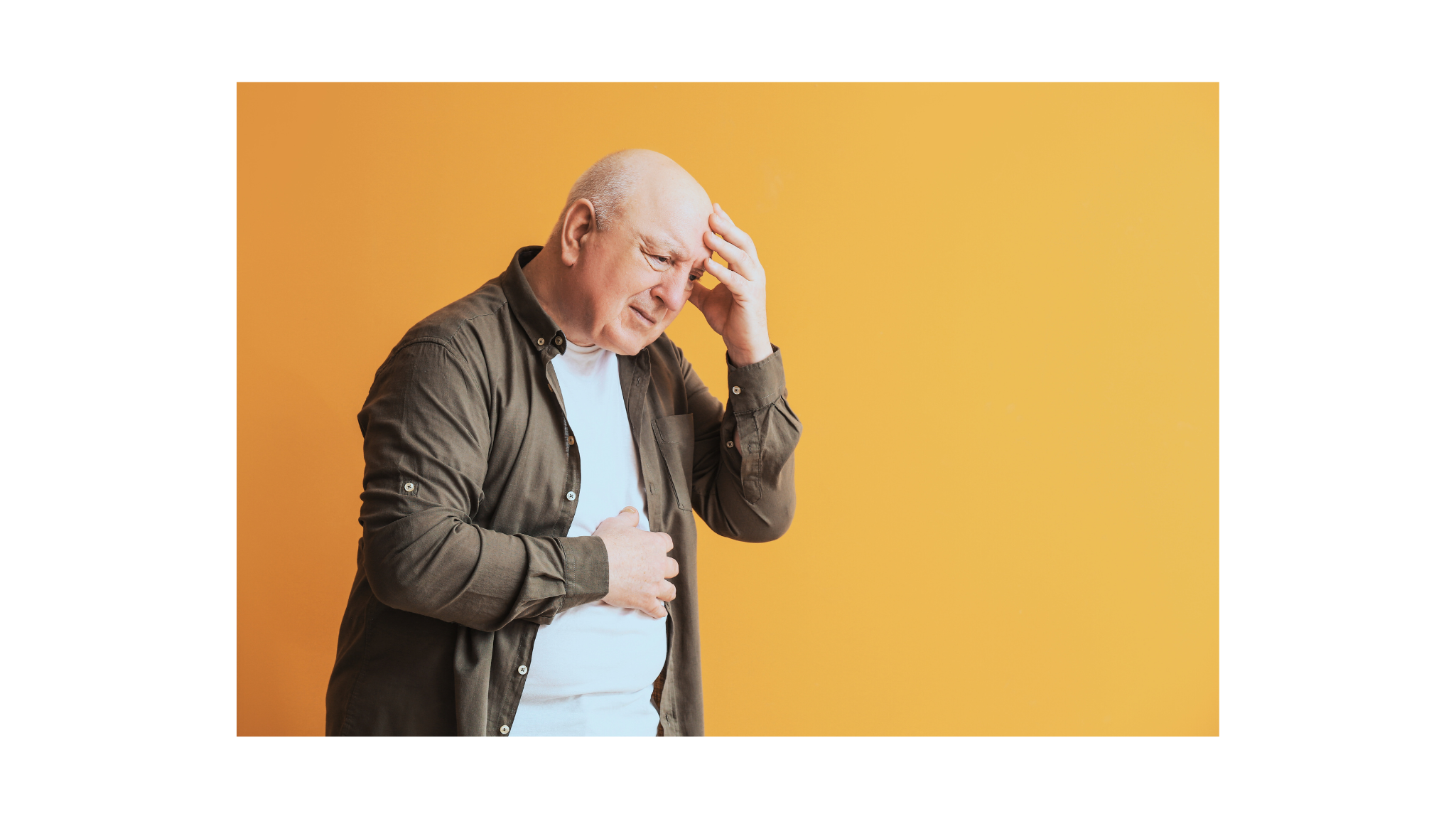
Chronic Pain & Illness Q&A
December 8th, 2025
Free Registration Below!
Common Neuroplastic Conditions
Pain Science Paradigm Shift*
In this video the groundbreaking new science of chronic pain (and other symptoms) is explained by the scientists who did the research, by clinicians who have put it into practice, and by patients who have experienced the life-changing benefits.
Frequently asked questions
-
They are pain or illness caused not by disease or injury but rather by stress, trauma, emotions, or other life challenges.
-
They can appear as pain, fatigue, digestive issues, headaches, and many other physical conditions. It is common for these symptoms to move around the body, to have more than one at a time, and to last for years.
-
The more questions to which you answer “Yes” on our 12 Question Quiz, the more likely it is that your pain or illness have a neuroplastic cause.
-
Yes, stress and emotional factors can trigger or worsen real pain or illness. A mild version of the process is the way a tense situation can lead to feeling a “knot” in your abdomen or a tough day can cause a headache.
-
Neuroplastic symptoms are driven by altered nerve pathways in the brain rather than the structural damage or disease that can be seen with medical tests.
-
No, the symptoms are just as real as pain or illness caused by damage or disease. The good news is that successful treatment is available.
-
First, medical tests rule out organ disease or structural damage. Additional clues come from “Yes” answers in the 12 Question Quiz. Next is assessment for stress, trauma, emotions and other life challenges. Finally, the diagnosis is confirmed when treatment of those issues leads to significant improvement or complete relief.
-
Treatment begins with eliminating the fear that your body is damaged. Then, uncovering stress, trauma, emotions, and other challenges leads to using strengths you already possess to reduce the impact of these issues. Research shows powerful benefits from this approach.
-
Yes, research shows that a majority of people with neuroplastic symptoms improve significantly or have complete relief using the approach in the resources on this website. This is true even for people with severe, long-lasting pain or illness who have tried many other treatments.
-
Yes, ongoing physical symptoms can lead to anxiety, depression, and emotional distress, creating a cycle that worsens both physical and mental health.















